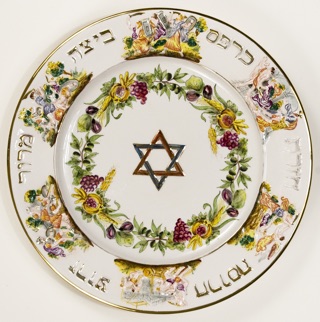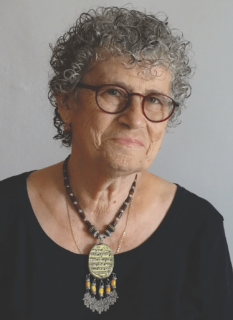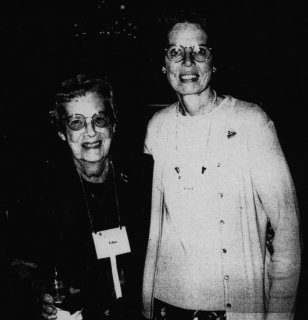
Podcast: Play in new window | Download (Duration: 37:46 — 34.7MB)
Subscribe: Google Podcasts | Spotify | Android | RSS | More
 The last supper was a Passover Seder, and for two thousand years Passover and Easter have been linked. The links, however, are complex, which is why I am taking the opportunity to expand on a five-year-old episode.
The last supper was a Passover Seder, and for two thousand years Passover and Easter have been linked. The links, however, are complex, which is why I am taking the opportunity to expand on a five-year-old episode.
The rituals of the Passover dinner have been in place for thousands of years, although always open to interpretation and evolution. And yet, although different Christian traditions have their ritual Easter foods, there don’t seem to be any universals. The episode looks at these two contrasting aspects of ritual foods.
 First, I talked to Susan Weingarten talks about the Seder dinner and especially an item essential on the Passover table that is not mentioned in God’s original instructions for the last supper of the Israelites in Egypt. While nobody knows how it came to be, every Jewish culture has its own version of haroset and its own idea of what it means.
First, I talked to Susan Weingarten talks about the Seder dinner and especially an item essential on the Passover table that is not mentioned in God’s original instructions for the last supper of the Israelites in Egypt. While nobody knows how it came to be, every Jewish culture has its own version of haroset and its own idea of what it means.

The Recipe

This copy of Edna Holmgren’s recipe is not quite the original. Lois Long told me that “the flour in the cinnamon sugar mixture was Pillsbury’s idea. I cut it down to 1 tbsp but I don’t like it. The original recipe has no flour.” I do wonder what it is there for. Possibly to soak up melting gooeyness, because many of the comments on the Hall of Fame website are complaints about the mess if the pastry isn’t very carefully sealed.
Notes
- Susan Weingarten’s book Haroset: A Taste of Jewish History is published by The Toby Press.
- Huge thanks to Lois Long for sharing her time, her memories, and copies of some of her memorabilia.
- The cover image is of an illuminated manuscript from the workshop of Valentine Noh in Prague, about 1470. The Passover plate is Italian majolica from The Magnes Collection of Jewish Art and Life at the University of California, Berkeley.
